There's a youth mental health crisis. Here's how Cincinnati Children's is helping kids
Cincinnati Children's emergency department in Avondale has been battling surges of kids struggling with depression, anxiety, suicidal ideation and other mental health conditions as the nation's youth mental health crisis continues.
The pediatric hospital is working to slow the surge – by adding professional support for kids communitywide to reach children and teens before their mental health conditions escalate to crisis levels.
"We are meeting kids where they are," said Dr. Martine Lamy, Cincinnati Children’s assistant chief of staff of mental health. “We are seeing evidence of progress."
The emergency department experienced a dip in families coming in for mental health reasons in 2023, with cases dropping from 7,500 to 7,000 this year, Lamy said, but the flow of children showing up at the ED remains high, she said.
More: How hard is it for Cincinnati kids to get mental health help? 2,000 are waiting on 1 list
Here's a look at strategies the hospital system is using to reach kids before mental health conditions exacerbate.
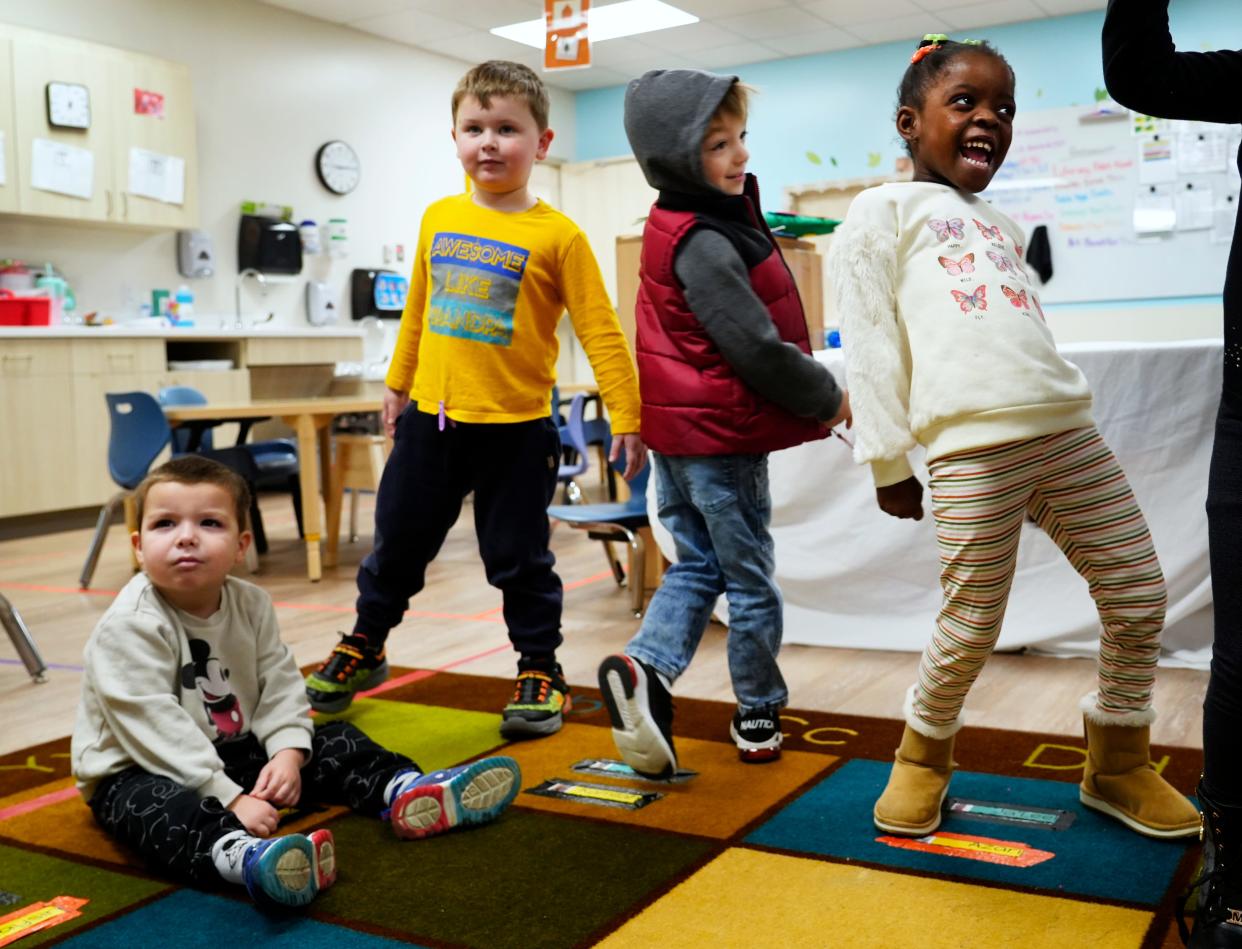
Center for preschool trauma survivors 'drastically' grows in 2023
The little ones, ages 3 to 5, in the Cincinnati area who’ve experienced severe trauma get close attention to their needs in a Cincinnati Children’s day treatment program that’s been around for 30 years. It offers kids the professional mental health care, therapies, support and treatment they need as well as education, to ensure they’re ready for kindergarten, said Ann Mitchell, the program’s clinical director.
In 2023, the Therapeutic Interagency Program moved to a location with capacity for 72 kids – a 50% increase from its original 48.
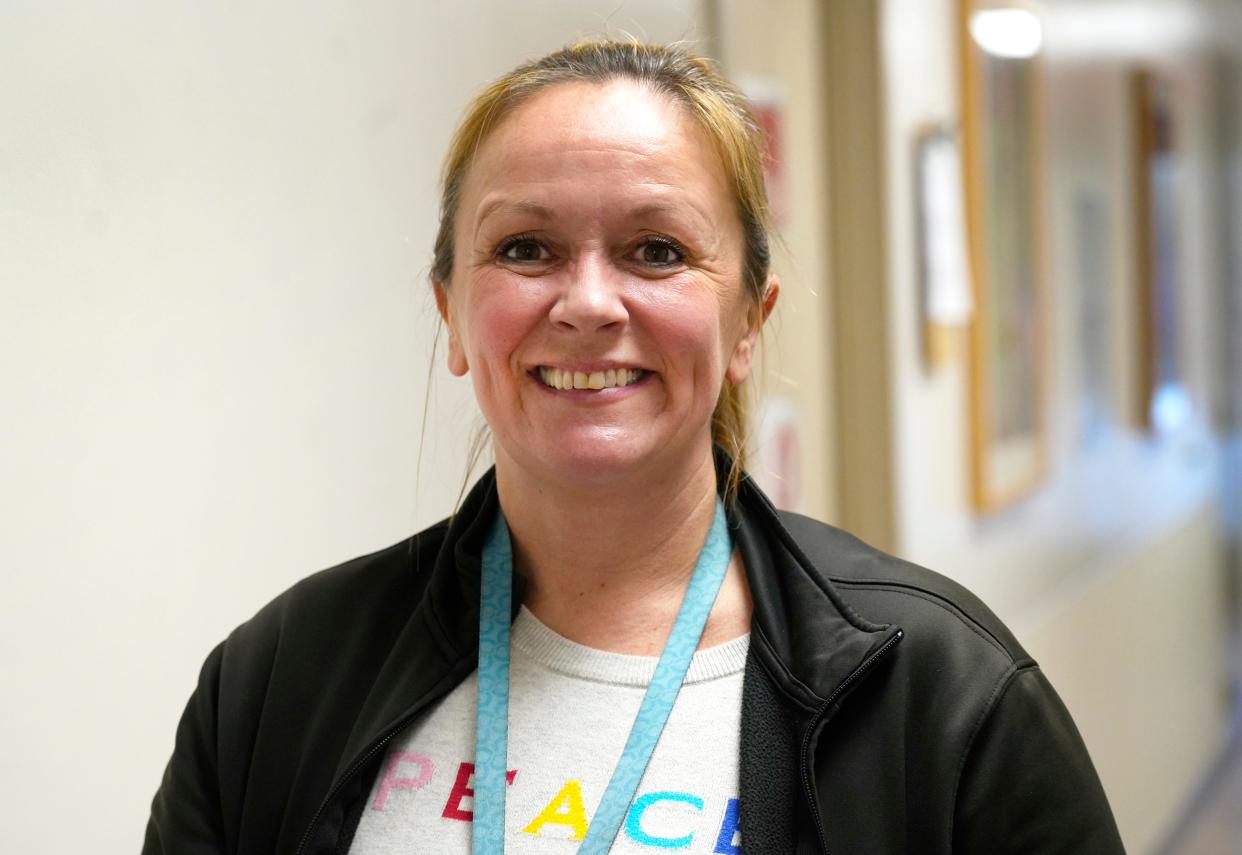
“It has drastically grown in the last year,” Mitchell said. With the move, the program’s space tripled from 5,000 square feet to 15,000 square feet. In September, the program, known in the community as Tip, opened a third classroom and added five new classroom positions and a new therapist.
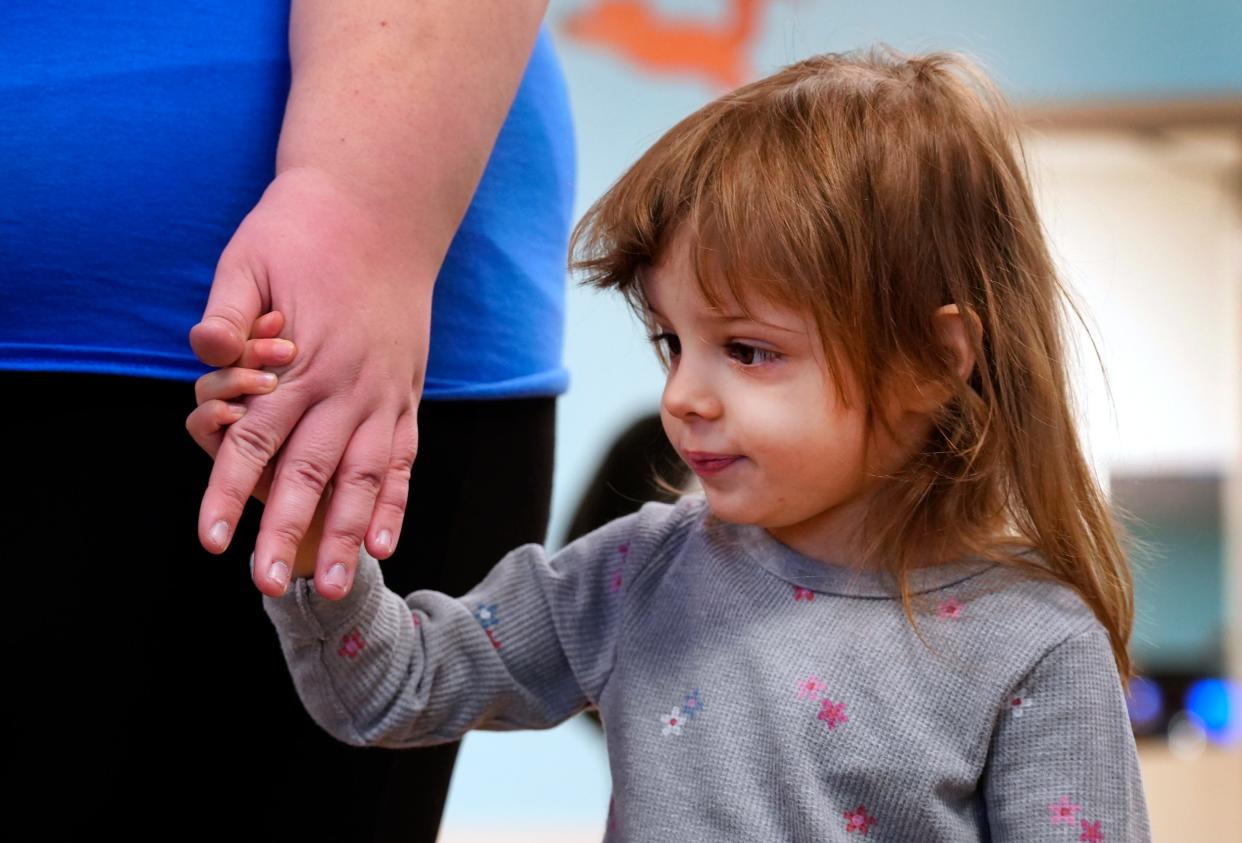
School-based mental health provides 'critical' services
Increasing mental health professionals in schools is another strategy used to catch kids' emotional and mental health needs early.
It is “critical,” Lamy said.
School-based mental health care is operating at schools through the country, with 68% of public schools providing mental health care on site in 2021-22, according to a Kaiser Family Foundation report.
Cincinnati Children’s psychiatry-based schools program started in 2012 with a partnership with a local organization called MindPeace, putting two therapists into high schools. Now the program has 84 therapists and five advanced practice registered nurses, who provide therapy and medication management, across 57 Cincinnati-area schools, Lamy said. Fifteen were added in the last two years.
More: What is Hope Squad? Local kids lean on each other for mental health help
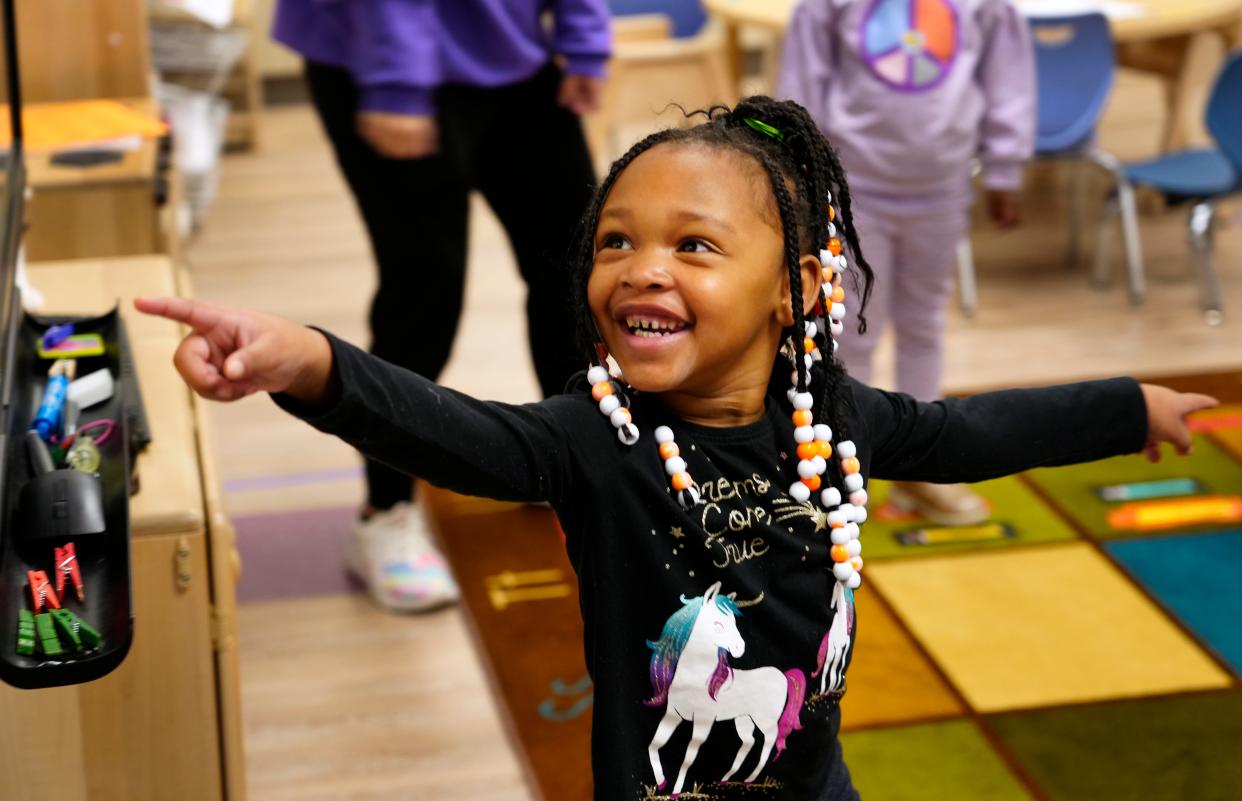
Growing kids' mental health care at primary care offices
The hospital is also placing more psychologists and master’s level therapists in primary care and pediatric offices in the region, Lamy said.
The American Association of Pediatrics supports training primary care pediatricians to assess and treat their primary care patients' mental health needs, but that's not a requirement this time, so for now at least, professionals in mental health care need to be brought in from elsewhere.
To help meet kids in primary care offices, Cincinnati Children’s launched its integrated behavioral health program in 2019 with specialists in two community practices. “We have since spread the program across 12 community primary care practices in the Tristate area (Ohio, Kentucky and Indiana) covering 19 locations,” Lamy said, “and we have plans to spread to additional practices in early 2024.”
Internally, Cincinnati Children’s placed mental health specialists in its own pediatric practices in 2016 with one psychologist at its Hopple Street location. Since then, they have increased that to 12 psychologists providing the care across three general pediatric primary care locations, a foster care clinic, and adolescent medicine primary care clinic, Lamy said.
Expanded children’s mental health hospital reopens, adds new services
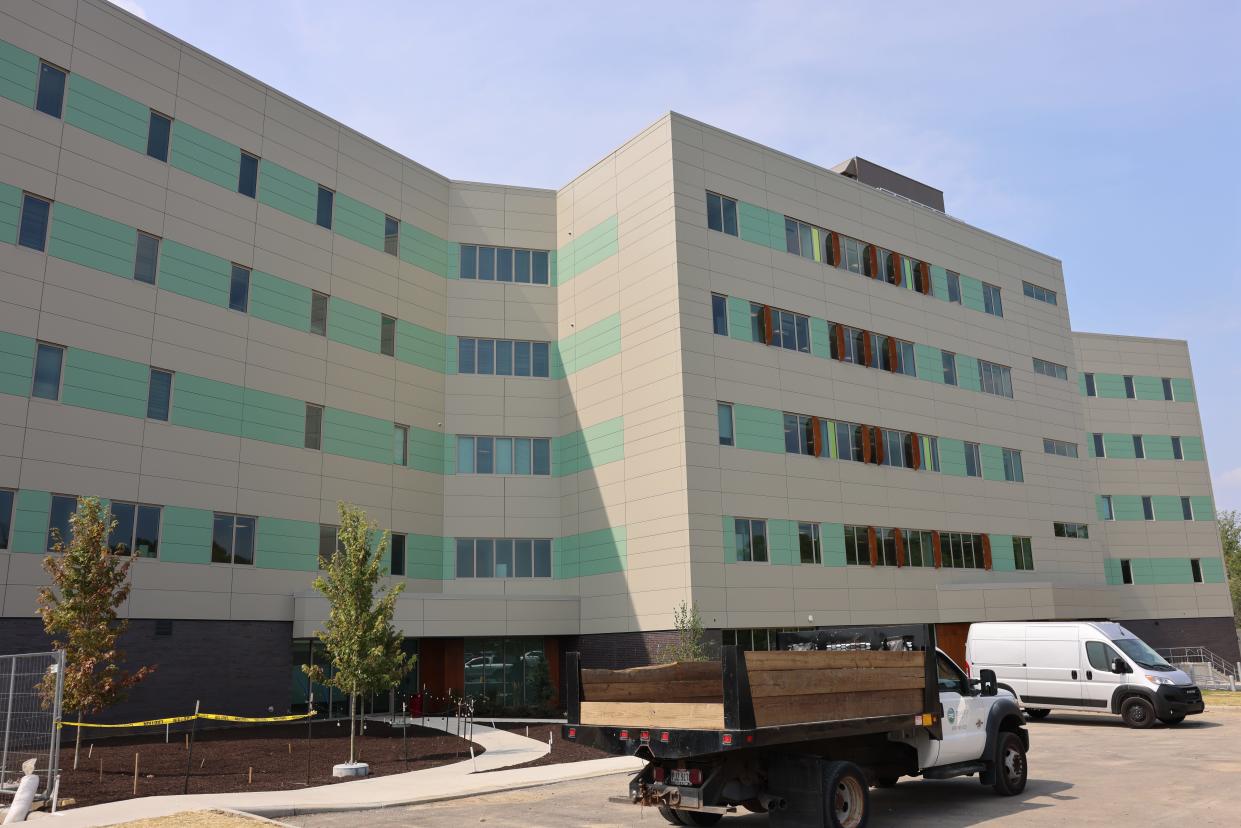
For kids who need intensive or in-hospital services, Cincinnati Children’s opened its remodeled and expanded mental health hospital in College Hill on Oct. 18. The William K. Schubert, M.D., Mental Health Center's 83 private rooms for acute psychiatric primary care allow family to stay with kids, which, Lamy said, can improve outcomes for children's mental health.
The hospital also offers outpatient services and space for group-based programming. Intensive outpatient services will be open in 2024, Lamy said.
What happens if you take your child to Cincinnati Children’s emergency department for their mental health?
The emergency department is still a first stop for many kids. All children and teens taken there for mental health struggles are evaluated by the Cincinnati Children’s Psychiatric Intake Response Center and get next steps. Kids may be admitted to inpatient care, recommended for partial hospitalization or provided intensive outpatient care. They also may be connected to community resources.
In the past two years, Lamy said, “We have added 23 advance practice registered nurses and 13 physicians to the psychiatry team to expand services in outpatient, partial hospitalization and inpatient hospitalization programs.”
The hospital system also offers a 24-7 crisis line, 513-636-4124, staffed by crisis social work teams.
Children’s mental health crisis will need committed, long-term attention
The mental health crisis among kids started before the COVID-19 pandemic but cascaded in 2020. In December 2021, the U.S. Surgeon General reported an "alarming" increase in youth mental health conditions, calling it a nationwide crisis and advising of strategies to tackle the problem.
That call has been partly answered through Cincinnati Children’s efforts and other Cincinnati area nonprofit grants and commitments to addressing kids' needs locally.
While an expanded workforce is essential, Lamy said, more work must be done to eliminate the "stigma" of mental health disorders – so kids can get care before their conditions become crises.
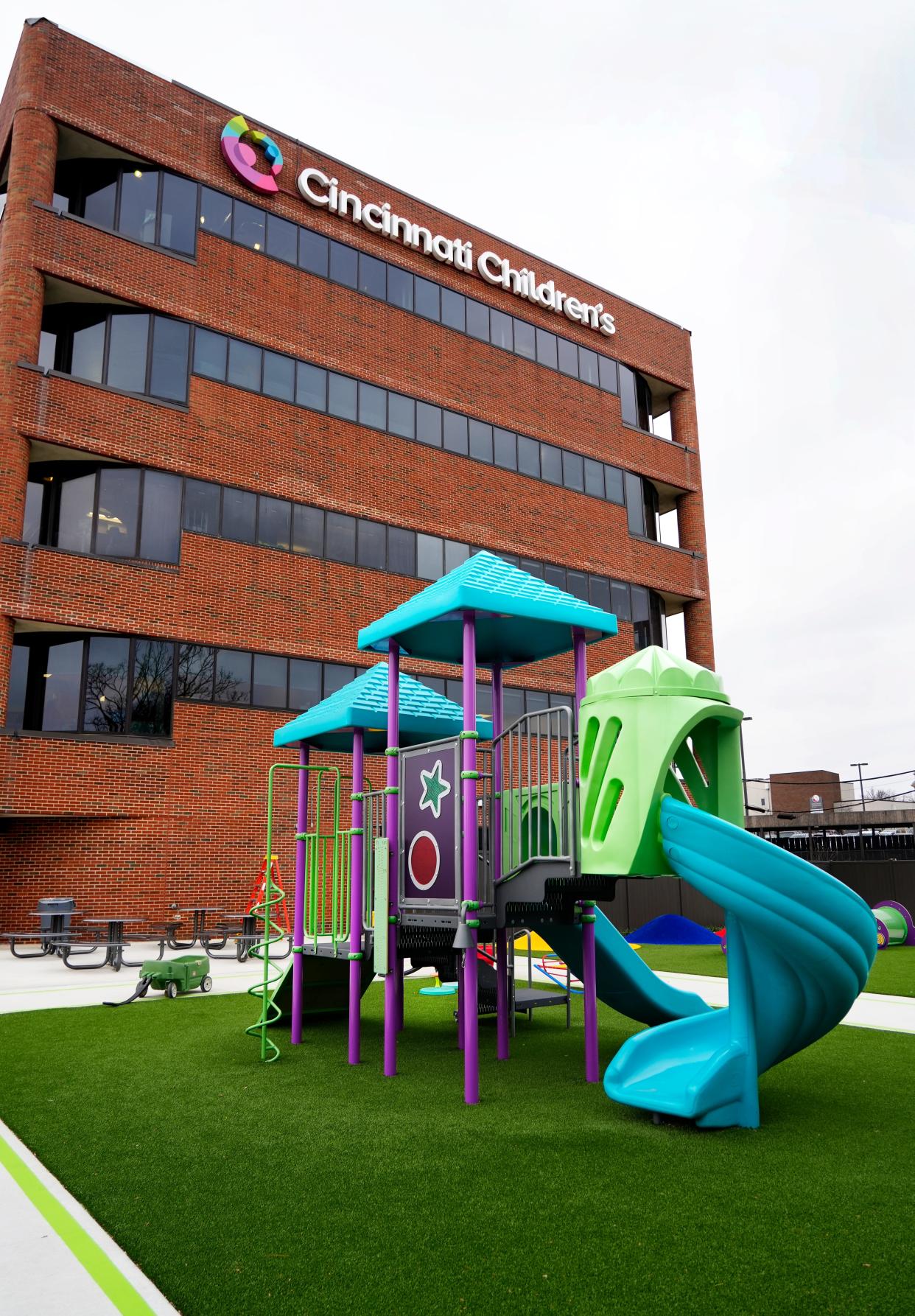
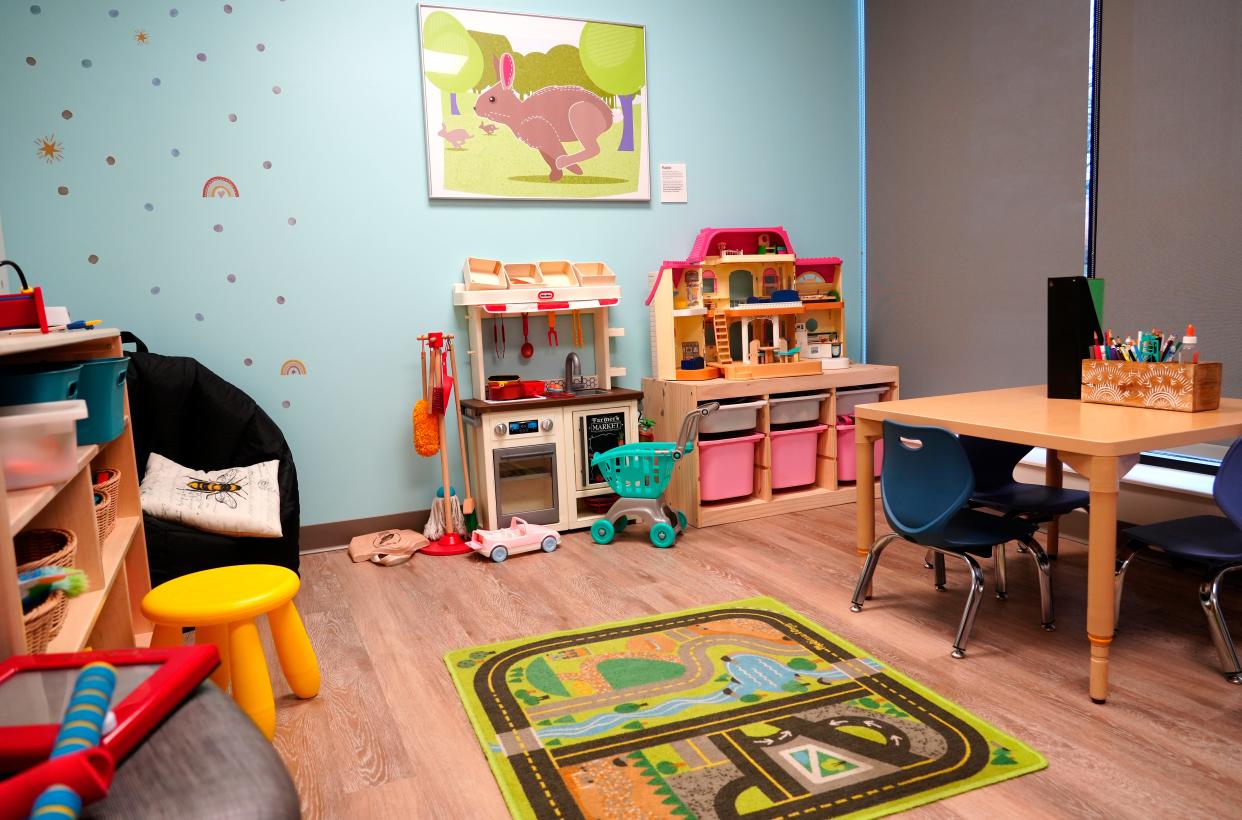
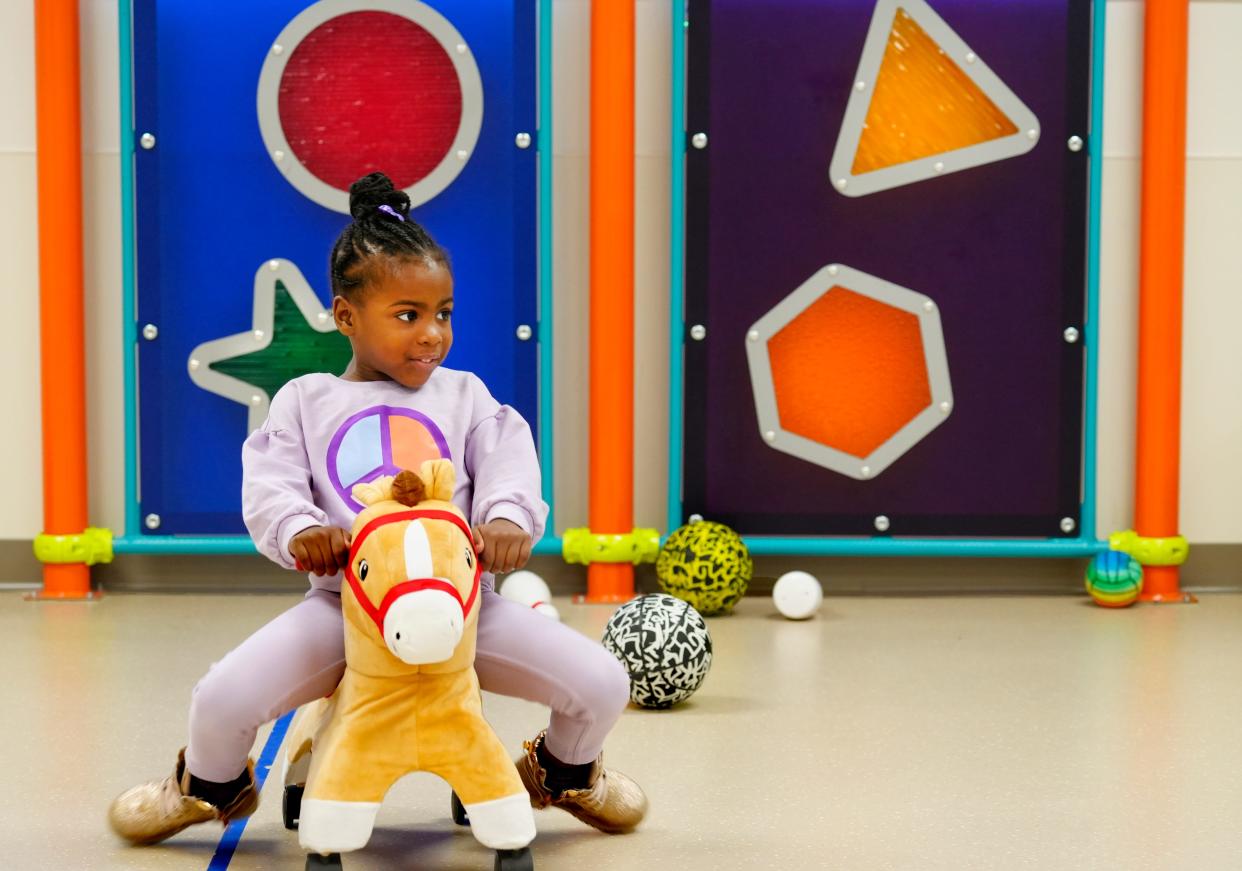
This article originally appeared on Cincinnati Enquirer: Cincinnati Children's working to fix mental health crisis among kids
